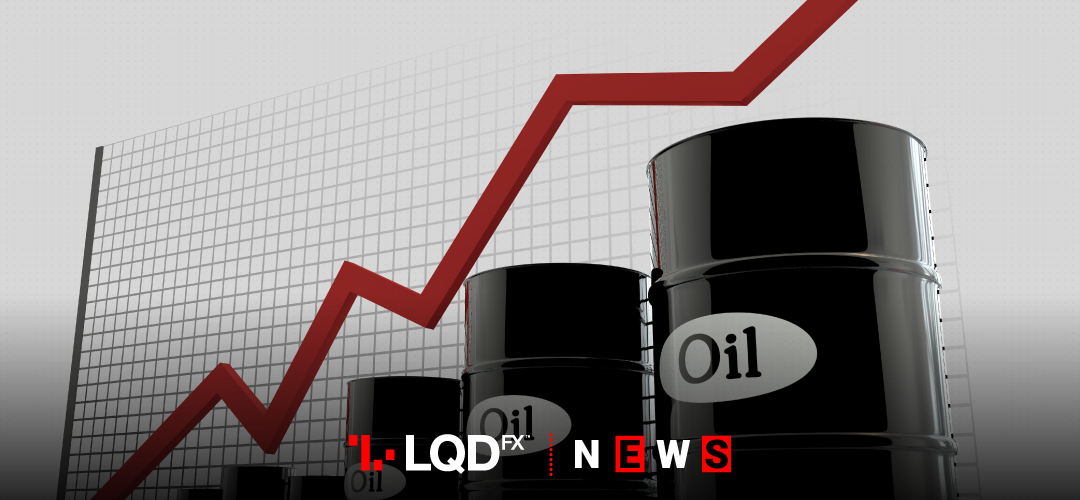Oil prices surged nearly 20% at one point on Monday, with Brent crude posting its biggest intraday gain since the 1990-1991 Gulf crisis.
An attack on Saudi Arabian oil facilities at the weekend halved the kingdom’s production. Prices retreated after U.S. President Donald Trump approved the use of his country’s emergency oil stockpile to ensure stable supply. But he also said he was ready to respond to the strike, a prospect that maintained geopolitical tensions. Saudi Arabia is the world’s biggest oil exporter and, with its comparatively large spare capacity, has been the supplier of last resort for decades.
A U.S. official said the attack on plants in the heartland of Saudi Arabia’s oil industry came from the direction of Iran. Russia and China urged against hasty conclusions over the attacks.
The attack on state-owned producer Saudi Aramco’s crude-processing facilities at Abqaiq and Khurais cut output by 5.7 million barrels per day. The company has not given a timeline for the resumption of full output.
The threat of retaliation and an escalation of tensions in the Middle East, however, have kept prices high.
Brent crude futures, the international benchmark, rose as much as 19.5% to $71.95 per barrel, the biggest intraday jump since Jan. 14, 1991. By 1236 GMT, the contract was at $66.67, up $6.45, or 10.7%.
U.S. West Texas Intermediate (WTI) futures climbed as much as 15.5% to $63.34, the biggest intraday percentage gain since June 22, 1998. The contract was later at $60.29, up $5.44 or 9.9%.
START TRADINGForex – Crude posted its biggest intraday gain since Gulf crisis
Currencies linked to the price of oil rose on Monday after an attack on Saudi Arabian refining facilities disrupted global oil supplies. The Japanese yen and Swiss franc strengthened as nervous investors sought safety. Overall, the forex market reaction was limited. Investors awaited for clues on monetary easing from major central bank meetings due this week.
The dollar slipped 0.1% against a basket of currencies. It was little changed versus the euro at $1.1079.
The Canadian dollar rose 0.2% to C$1.3259.
The Japanese yen, a common choice for investors seeking shelter from market uncertainty, rose 0.2% to 107.85 yen per dollar.
The Swiss franc rallied versus the euro but was only up 0.1% at 1.0959 by 0730 GMT, suggesting some calm had returned to markets.
Sterling fell 0.3% to $1.2466. It was down 0.5% against the euro at 88.970. The British currency has soared over the past week on growing investor confidence that a no-deal Brexit is off the table.
Gold prices jumped 1% on Monday as attacks on Saudi Arabia’s oil facilities dented risk appetite. Spot gold was up 1% at $1,503.60 per ounce, as of 0601 GMT. Prices had dipped 1.2% in the previous week on hopes that an end to the U.S.-China trade tiff could be near.
PLEASE NOTE The information above is not investment advice.
Sources: Reuters, Investing, CNN money
